“Aspiring sincerely to an international peace based on justice and order, the Japanese people forever renounce war as a sovereign right of the nation and the threat or use of force as means of settling international disputes. In order to accomplish the aim of the preceding paragraph, land, sea, and air forces, as well as other war potential, will never be maintained. The right of belligerency of the state will not be recognized.”
- Chapter II, Article 9 of Japanese Constitution.
Recent attempts by Prime Minister Shinzo Abe at stipulating a time frame for constitutional revision has revived the Article 9 dilemma for Japan once again. In his May 3 Constitution Day Holiday address, Abe expressed his desire to have an amended constitution in force by 2020. He later directed the Liberal Democratic Party (LDP) to compile a new revision draft by this year-end that can be presented for a public debate.
Debates on "Peace Constitution" (平和憲法) have existed since its implementation in Japan in 1947. After the massive devastation and nuclear attacks of World War II, Japanese population developed a severe skepticism for any offensive military force projection. Thus, much of the constitutional debate at the time was centered on the interpretation of Article 9 or the need for an autonomous constitution. However, the Gulf War in the beginning of 1990’s decade raised serious concern over the issue of collective self-defense and commenced the Article 9 dilemma for Japan. Japan declined US/ UN requests for participation in the war but later contributed about $13 billion to the war effort. But when it was excluded from Kuwait’s congratulatory message to US/UN forces, the fear of alienating the US and isolation in global community led Japan to seriously question its pacifist policy for the first time.
Post the shelving of the 2012 LDP revision draft in 2016, Abe has now proposed to keep the first and the second paragraphs of Article 9 intact while adding a new paragraph stating the existence of the Self Defence Forces (SDF). The new proposal is in sync with LDP’s junior coalition partner Komeito's policy of "adding new articles to the Constitution while retaining the basic framework of the supreme law." According to some media reports, the idea of introducing an "Article 9-2" emerged during closed-door discussions between Abe and Komeito officials in 2016. Abe has also abandoned his earlier strategy of consulting with the main opposition party, Democratic Party, in the Diet’s Commission on the Constitution1. To build further support, Abe has also sought to entice the public on his agenda by making free education a constitutional revision issue2. Furthermore Abe’s winning the 2016 upper house national elections and obtaining the critical two-thirds majority in both houses with coalition partner Komeito, now gives him mandate to start Diet processes for constitutional revision. This makes constitutional revision a realistic possibility for the first time in its 70 year history.
With a self-described “increasingly severe” security environment as per its Diplomatic Bluebook, Japan has sought to overcome the dual challenges of supporting US’s extended deterrence, while building up its own capabilities. Growing Chinese military and economic prowess, uncertainty of US commitment following the Trump administration in US, and increasing North Korean belligerence with numerous nuclear and missile tests have raised the Article 9 dilemma further for Japan. Japan ranks as world’s 21st largest army where most of its neighbors China, Russia, North Korea, South Korea ranking in world’s top ten largest armies3. Despite the constraints — constitutional, legal, political, and societal — SDF has been operating under since its establishment, the SDF has evolved into one of the most sophisticated defense forces in the world. Abe in his second administration has already passed new legislations that reinterpret the pacifist constitution to allow Japanese troops potentially to fight overseas, eased curbs on military exports and erased the sacrosanct defense-budget ceiling of 1percent4 of the previous administrations.
The critical constraint on an actual amendment to the constitution, however, lies in the public referendum mandated by Article 96 that specifies the process for amendment. It states that after concurring vote of two-thirds or more of all the members of each House, an amendment shall require the affirmative vote of a majority of all votes cast at a special public referendum. While Japanese public opinion has a strong anti-militarist distrust even after more than seven decades post World War II, it also has an attitudinal defensive realism indicated by overwhelming support for missile defense systems and enhancing capabilities of the coast guard in Japan. However, support for overseas deployment of Japan’s SDF still remains an issue with the public evidenced by the recent scrapping of the South Sudan mission for Ground SDF even under UN auspices. Also, demographic challenges of a rapidly declining and aging population makes absorbing soldier casualties highly difficult for Japan. Yet perceived US insensitivity on issues of relocation of its military air field (in Okinawa) may press for larger public support for independence from US. In attempt to change Japan’s security discourse to suit the changing times, the Diet lowered the voting age to 18 from 20 in 2015. The Japanese youth of today unlike earlier generations are more likely to be moved by reality about North Korea-related issues than Japan’s World War II legacies.
Several Japanese news organizations have conducted polls on the issue of constitution revision post Abe’s May 3 address, but the results cannot be compared as the style of the questions and the choices respondents were offered were different. Kyodo News on the question of "do you think it is necessary to revise Article 9 to clarify the SDF?" - found 56 percent replied "it is necessary," far more than the 34.1 percent who said it was "not necessary5." However, along with the Japanese populace, Japan’s neighbors such as China and South Korea remain highly wary. Doubts remain as to whether Abe seeks to amend the unconstitutionality of the SDF or expand the role of the forces. In a bid to calm domestic and international fears over his new security reforms, Abe has transformed from an erstwhile historical revisionist to a pragmatic nationalist in his second innings as Prime Minister. Abe’s visit to Pearl Harbor in December 2016 indicates his desire to settle the ghosts of Japan’s World War II history once and for all and ensure that future generations are not burdened by having to apologize for Japan’s World War II history.
Yet Abe’s statement of “Japan will never be a Tier-two country” during his famous ‘Japan is Back’ speech at the Center for Strategic and International Studies (CSIS) in 2013 greatly sums up his vision for Japan. There has been a growing pressure on Japan from US in recent years to participate in joint efforts for peace and stability and take on a larger security role commensurate with its national capabilities. Japan is now at crossroads of having to deal with new power realities associated with the dramatic rise of China. Since surpassing Japan to become the world’s second largest economy, China has begun infringing on economic leadership enjoyed by Japan in the Asia-Pacific region. China led initiatives such as the Belt & Road Initiative and Asian Infrastructure Investment Bank (AIIB) rival Japanese initiatives such as the Official Development Assistance (ODA) and the Japan-led Asian Development Bank. Thus, as Abe makes concerted efforts to make Japan a normal country and break through its self-imposed shackles, Article 9 remains the final frontier.
It is an irony that the first Constitutional Research Group formed in 1952 to look into revision of constitution was headed by Abe’s maternal grandfather Kishi Nobusuke and today as the first prime minister of Japan born post World War II, Abe has become destiny’s candidate to make an attempt to formally codify the changes to Japan’s security laws through a constitutional change.
Endnotes:
1. LDP looks to create new article specifying SDF in Constitution, May 25, 2017, https://mainichi.jp/english/articles/20170525/p2a/00m/0na/013000c.
2. Abe tying free education to Article 9 amendment raises hackles, May 12, 2017, https://mainichi.jp/english/articles/20170512/p2a/00m/0na/011000c.
3. 29 Largest Armies In The World, http://www.worldatlas.com/articles/29-largest-armies-in-the-world.html.
4.Abe Scraps Japan's 1 Percent GDP Defense Spending Cap, By John Wright, March 29, 2017, http://thediplomat.com/2017/03/abe-scraps-japans-1-percent-gdp-defense-spending-cap/.
5. Polls on Abe's desire to revise Article 9 of Constitution produce mixed results, May 22, 2017, https://mainichi.jp/english/articles/20170522/p2a/00m/0na/009000c.
Image Source: http://www.businessinsider.com

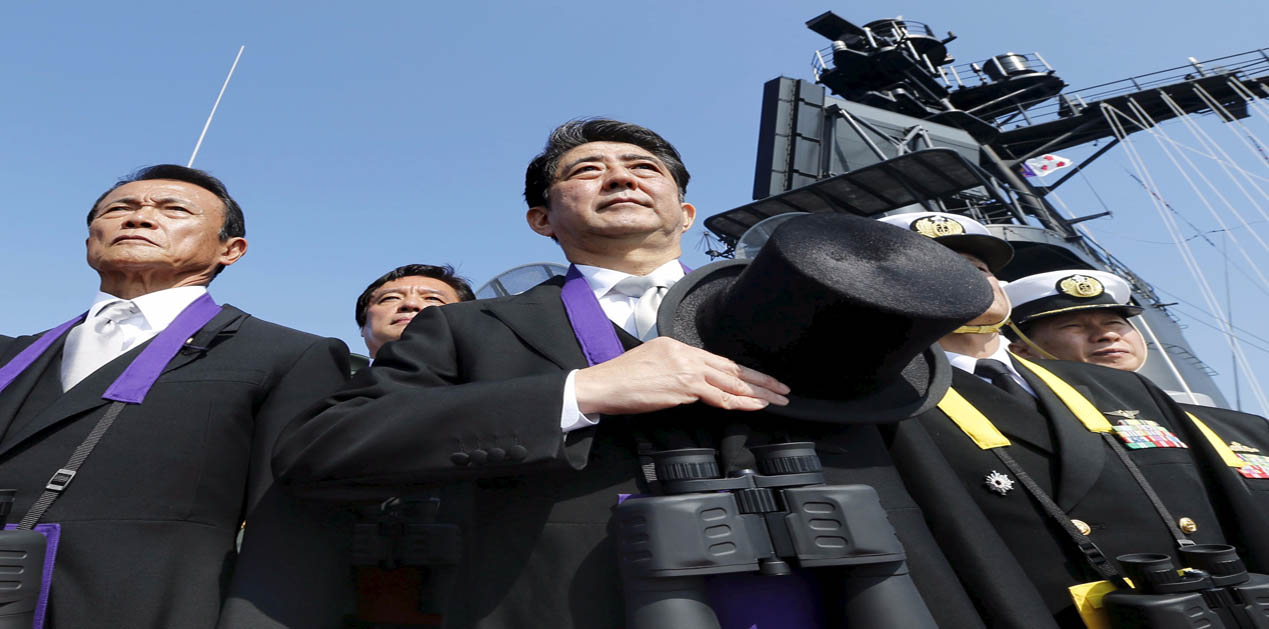

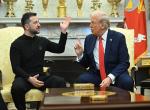

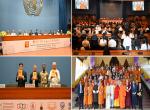
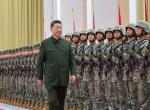
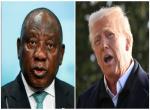

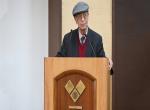
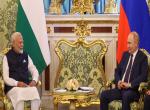
Post new comment